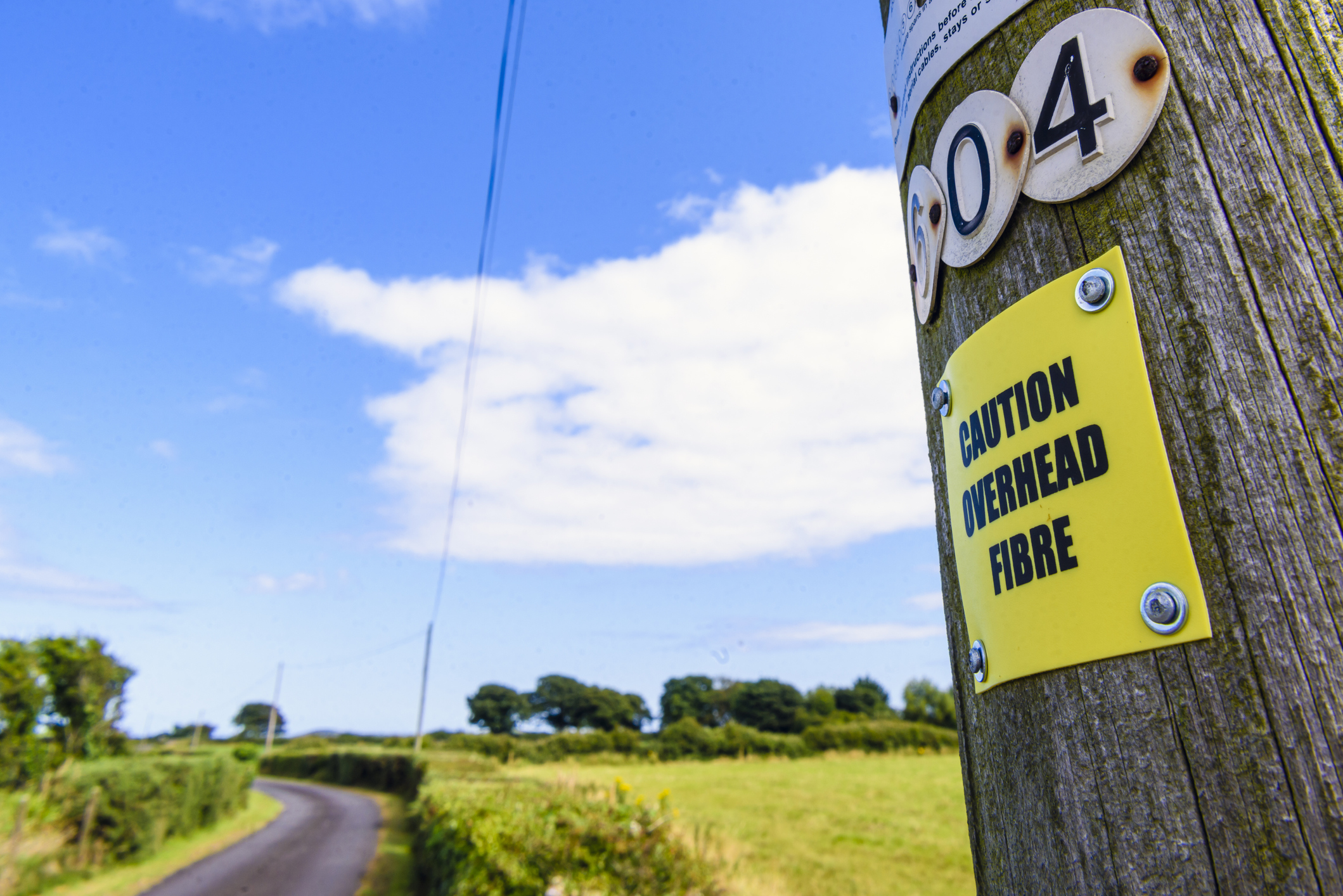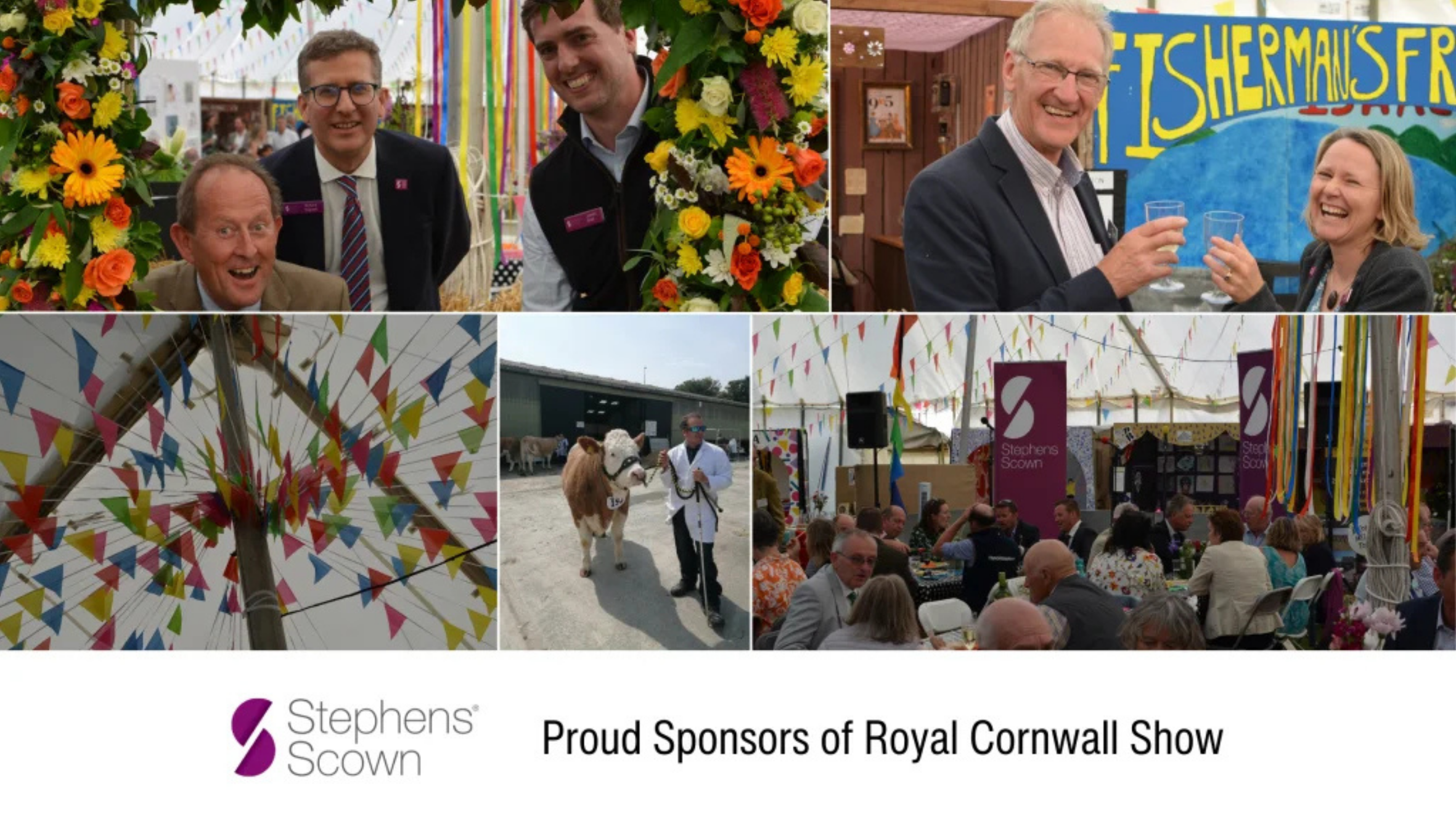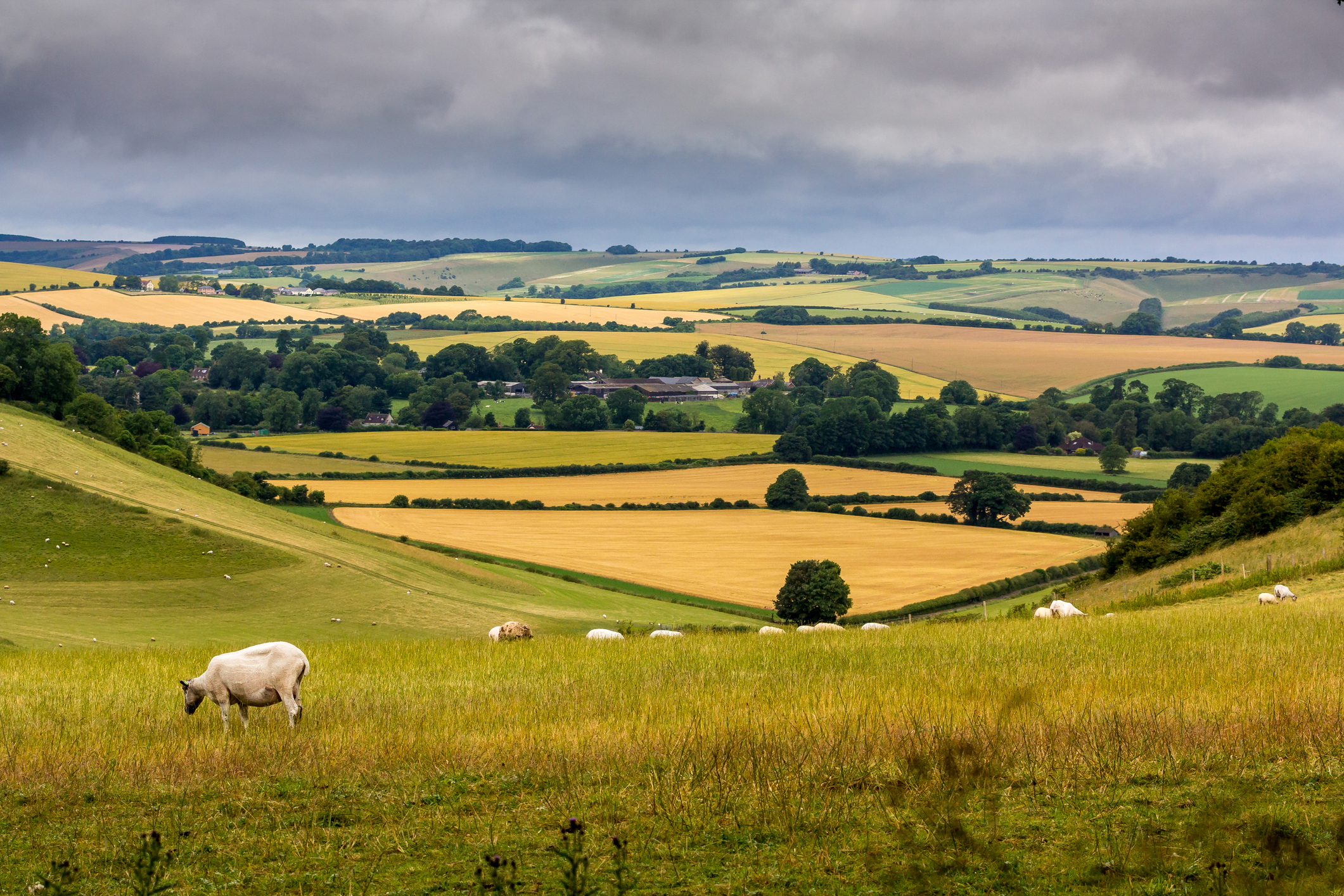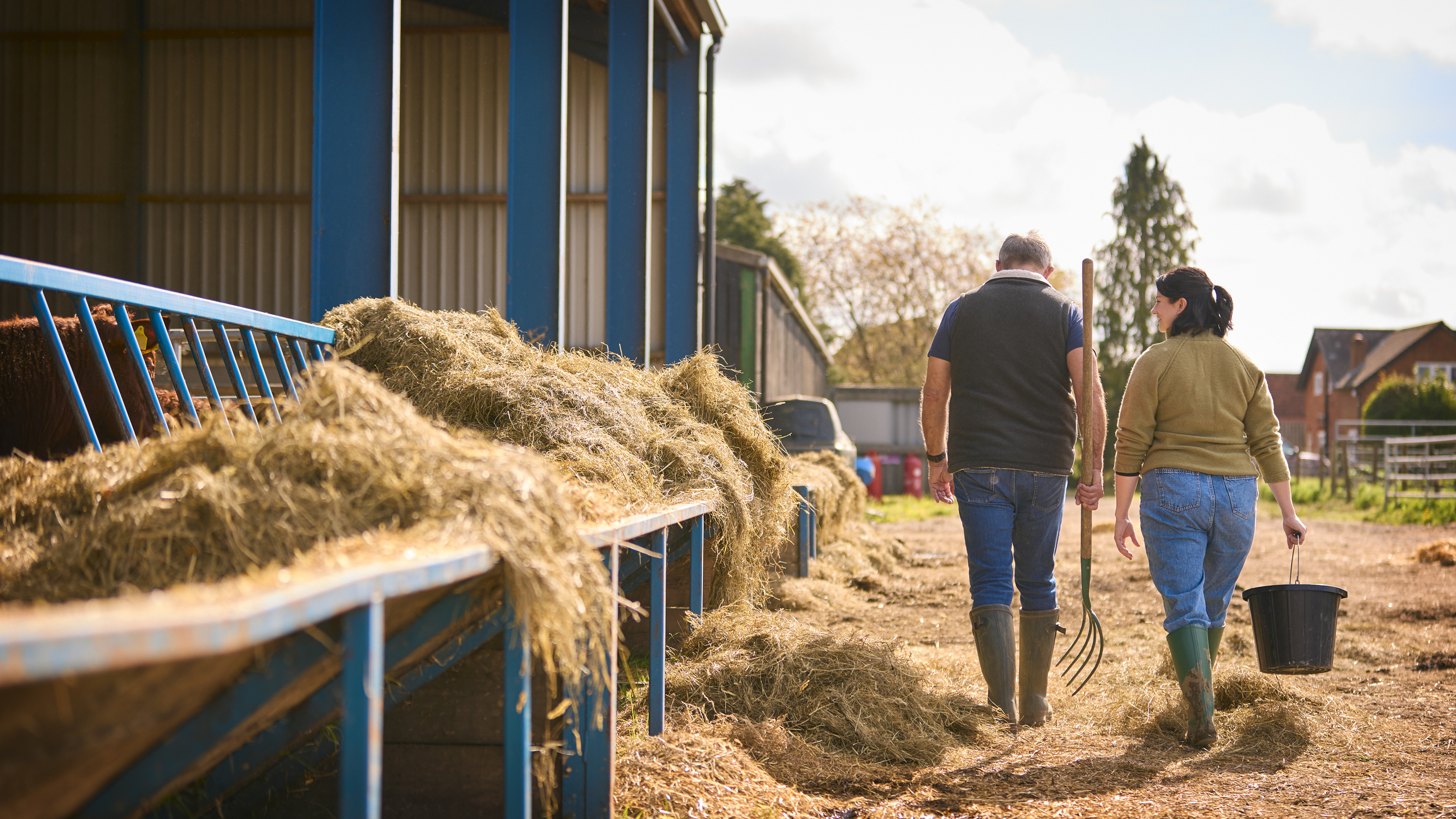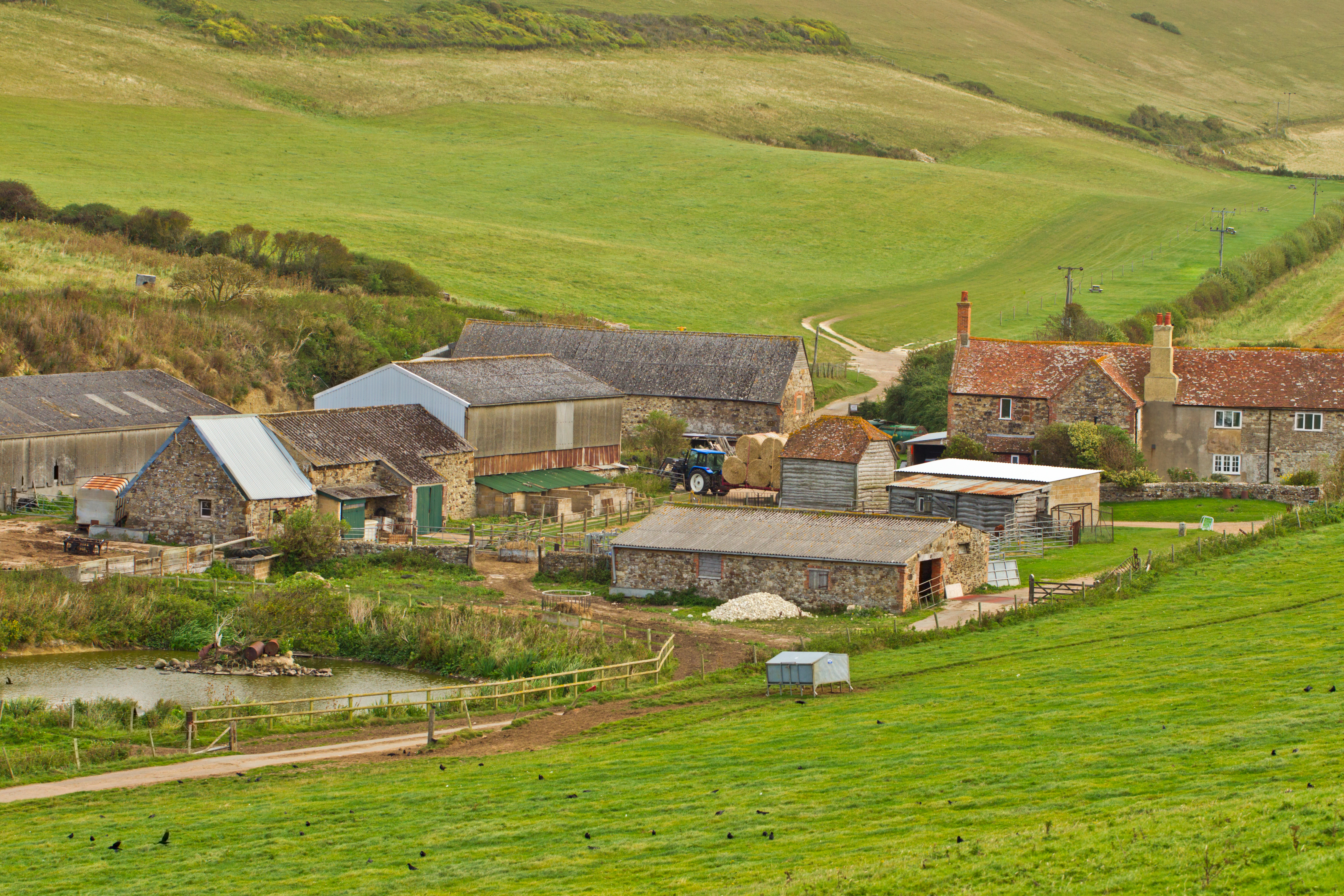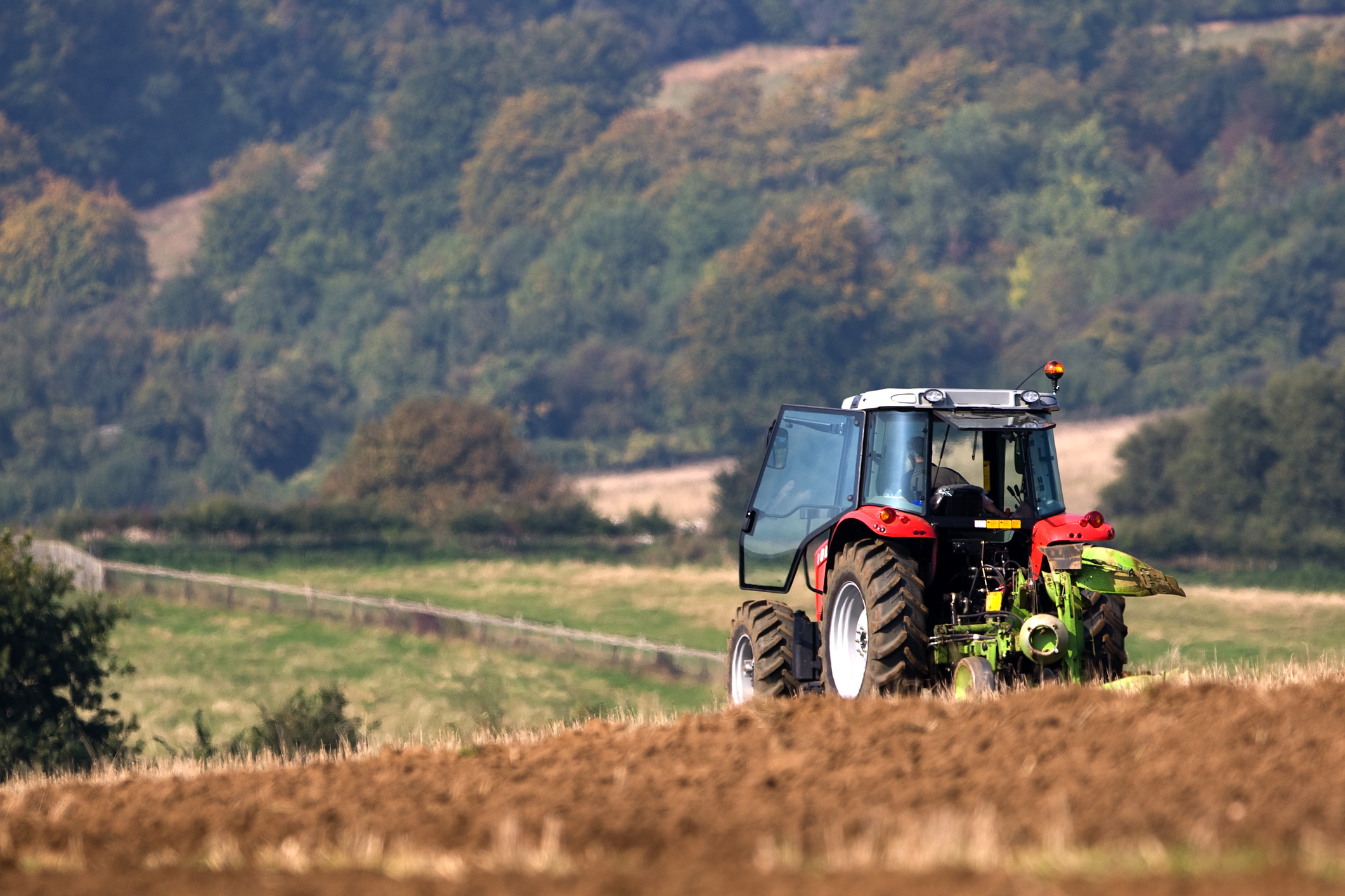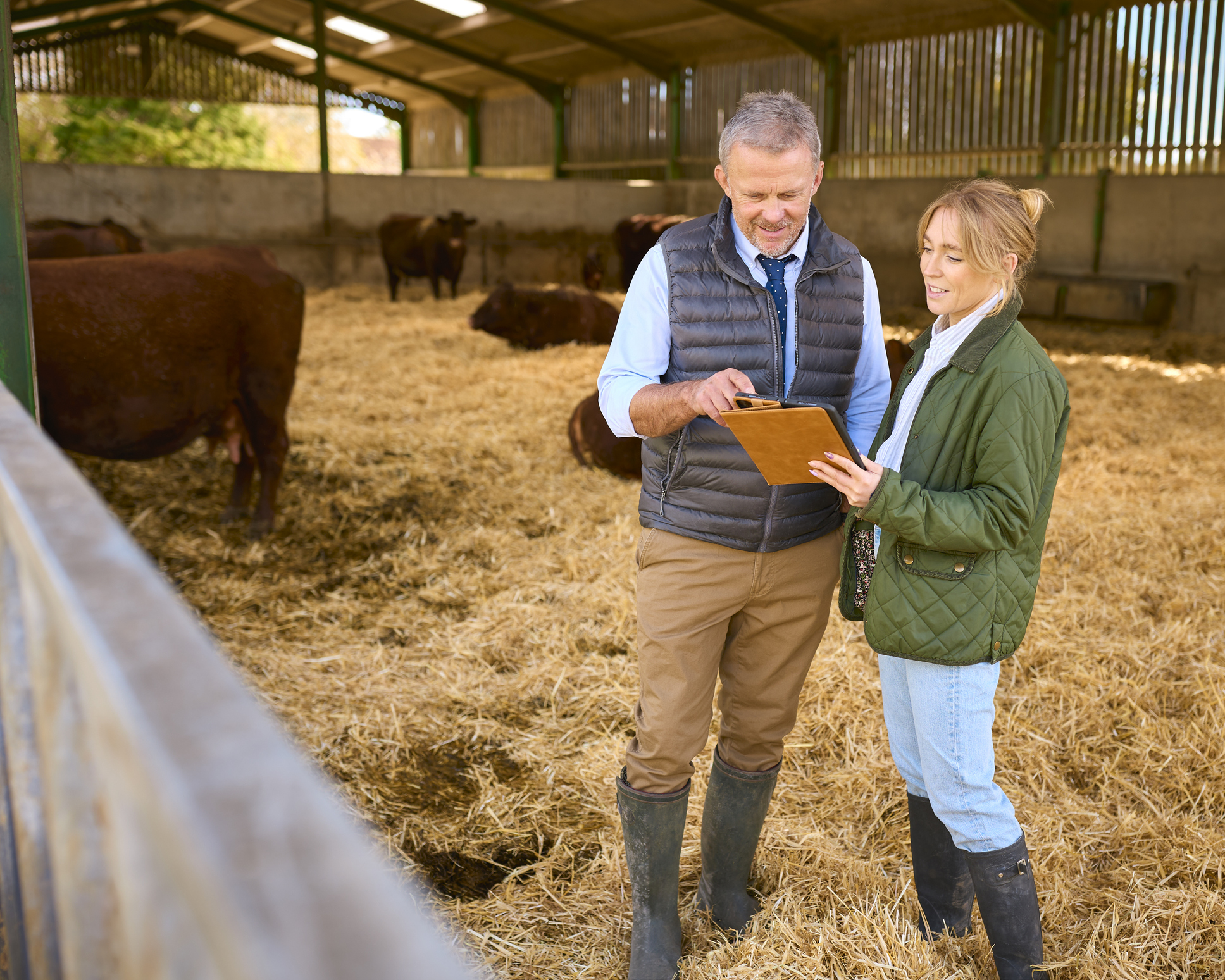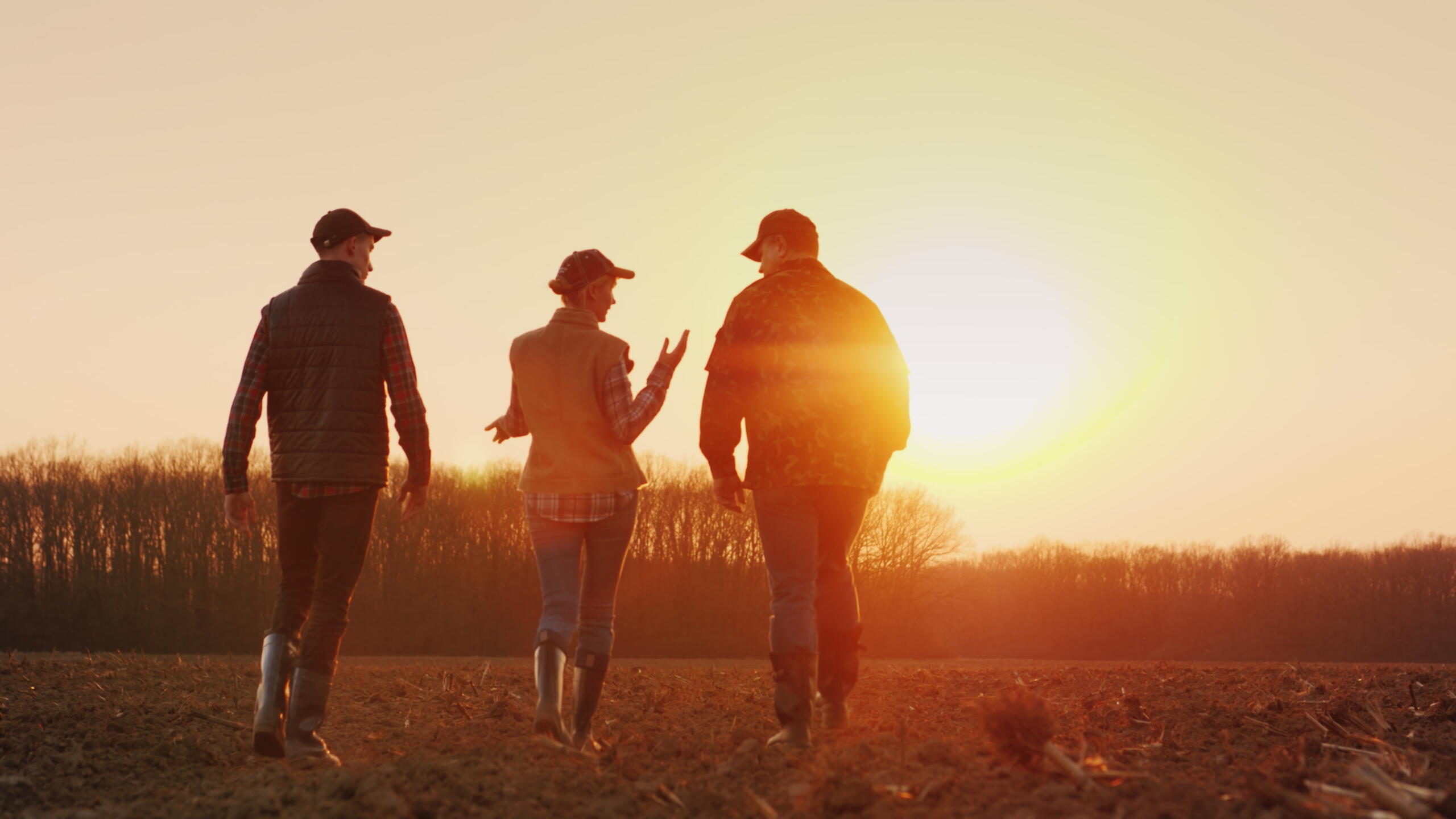Rural
- Adoption
- Alternatives to Court
- Arrangements for Children
- Brand Protection
- Brexit
- Business Disputes
- Business Law
- Buying and Selling Your Home
- COVID-19
- Charities
- Child Abduction
- Children
- Children in Care
- Cohabitation
- Commercial Property
- Community News and Giving Back
- Construction
- Corporate and Commercial
- Data Protection
- Disputes with Businesses
- Divorce and Separation
- Domestic Abuse
- Employee Ownership
- Employment and HR
- Energy
- Family
- Finances Following Divorce and Separation
- Finances for Children
- Food and Drink
- Healthcare
- High Net Worth
- Holiday and Residential Parks
- Immigration
- InSync
- Inheritance and Trust Disputes
- Insolvency and Bankruptcy
- Intellectual Property
- International Divorce
- Landlord and Tenancy Disputes
- Leisure and Tourism
- Marine
- Mining, Minerals and Waste
- Money
- Personal Disputes
- Planning
- Pre and Post Nuptial Agreements
- Property Disputes
- Public Sector
- Real Estate
- Recruitment and Careers
- Regulatory Compliance and Enforcement
- Residential Property
- Rural
- Social Housing
- Stephens Scown News
- Technology
- Unmarried Couples
- Wealth Protection and Planning for Later Life
- Wills and Inheritance Planning
Rural Latest Articles
View AllRural Video Lounge
View AllOur Rural Lawyers
View AllRural Top FAQs
Business
View all business FAQs-
If you wish to mortgage, sell, grant a lease enter into an easement or transfer title following a business restructure then it will always be necessary to check title to the property. It is advantageous to have a registered title as if the title is unregistered then the title will need to be traced back. Sometimes there are as many as three or four generations of ownership to be investigated and often there are old conveyances, missing documents and poor quality plans. Missing documents and poor plans can cause serious delays in the completion of transactions. Registration can also avoid anyone else claiming ownership of your land. If anyone is trying to claim ownership of your land, this may be uncovered during the registration process. Clearly, if your land is not registered the Land Registry cannot warn you of anyone else trying to claim rights over your property. Registration of land can also resolve any boundary issues. If you wish to undertake voluntary registration of your land at the Land Registry a reduced fee will be payable. Anyone with doubts about how registration could impact on problems such as missing deeds or existing boundary disputes should seek legal advice.
-
The risk of land being designated as a town or village green and the resulting reduction in the value is a concern to residential and commercial land owners alike. The Commons Act 2006 provides that anyone can apply to register land as a town or village green where “a significant number of inhabitants of any locality, or any neighbourhood within a locality, have indulged as of right in lawful sports and pastimes on the land for a period of at least 20 years”. To be successful, in addition to the above an applicant would need to show either: A. The use is continuing at the time the application to register the land as a town or village green is made; or B. The use ceased before the application was made but after 6 April 2007. In this case, the application must be made within two years of the cessation of the use. Searches can be made to ascertain whether the land is already registered but this does not address the potential risk of land being designated in the future. It is quite possible that, if the use of the land for sports and pastimes has ceased immediately prior to the property being placed on the market, a purchaser would be unaware that the land remained subject to the two year risk period unless relevant enquiries had been raised of the seller to flush out the issue. Although replies to such enquiries should be reliably provided by sellers who have owned land for a prolonged period, if the seller has owned the land for less than two years and did not obtain replies to enquiries in relation to this issue when they purchased, they may not have sufficient knowledge to satisfy a prospective purchaser that there is no risk of an application being made. In such a situation, , the only way of definitively ensuring that an application could not be successfully made against the property would be to wait two years from the date of purchase. The key statement within the Commons Act 2006 is “as of right”. It must be shown that the use of the land has been without force, secrecy or permission. Merely providing permission after the requisite 20 year period will not defeat an application. If land is already being utilised by members of the public the following practical steps should be taken to try and prevent a future application being made to designate the land as a town or village green: 1. Restrict access by the public - adequate sturdy fencing should be erected and any gaps stopped up; 2. Signage should be placed on all gateways stating that access is not permitted by members of the public. If the land contains a public footpath, the sign should state that access is limited to the formal public footpath; 3. Consideration should be given to placing an advertisement in the local parish newsletter and placing notices on any local boards to ensure that it is abundantly clear that the use of the land by members of the public is not permitted. 4. When the Growth and Infrastructure Bill, which has now had its second reading in the House of Lords, becomes law, make use of any additional means it provides to landowners to reduce the threat of future applications to register land as a town or village green.
-
The tenant must have exclusive occupation of land for a definite period of time in order for there to be an agricultural tenancy. Whether occupation is for an “agricultural purpose” is also a question of fact. For example, if the occupier appears to be growing crops or grazing stock on your land it is probably likely to be for agricultural purposes. Horses fall outside the definition of agriculture for most purposes and therefore if the land is being used as part of a livery yard or riding school these are likely to be business tenancies which are governed by the Landlord and Tenant Act 1954, which tenancies may be protected and difficult to bring to an end. If the tenancy commenced prior to 1 September 1995, an agricultural tenancy would be governed by the Agricultural Holdings Act 1986 which carries with it security of tenure provisions. If the tenancy was created before 12 July 1984 then there are rights for two successions to take place and accordingly, the tenancy can be passed on to two future generations provided specific requirements are met. If the tenancy commenced after 1 September 1995 it will be governed by the Agricultural Tenancies Act 1995 creating a farm business tenancy. Such tenancies can be fixed for a length of time and if they are for a duration of two years or less they can carry with them short notice provisions. If they exceed the period of two years then the tenancy can be terminated by the landlord giving not less than 12 months or more 24 months written notice ending on either the last day of the term if it is a fixed term or the anniversary of the commencement date if it is from year to year. There are also other arrangements which can be entered into such as herbage or profit of pasturage agreements which is a right for a grazier to take the grass such as by livestock grazing the land, the landowner remains in occupation of the land and retains all rights over the land and such a grazing right is unlikely to be a tenancy. If you wish to share occupation of the land and continue farming, then agreements such as a share farming agreements or contracting agreements can also be considered.
-
Every case is different, and the outcome will depend on the specific facts. When dividing assets on divorce, the Court is obliged to apply the factors set out in Section 25 of the Matrimonial Causes Act 1973, which includes needs, resources, contributions, the length of the marriage, obligations (such as independent children) the ages of the parties, and so on. The Court must apply these principles to achieve fairness to avoid discrimination, and should consider an equal division of the assets. In applying the Section 25 factors, if there is not to be an equal division, then there must be justification for this. In the past, farmer’s wives often did relatively badly on divorce. Since the well-known case of White v White (2000) the legal landscape has changed. Mrs White, with her husband, was an equal partner in a farming business that they had built up together over a life time of work. She was not prepared to settle for an arrangement which was designed to meet only her “reasonable needs” and for the farming assets to be transferred to her husband. This would have been the case before she went to The House of Lords. Instead, Mrs White succeeded in establishing the principle that after a long marriage of full and equal contributions the assets should be broadly divided equally. Further, the Order in which the Court will broadly seek to divide assets will be in the order of needs, compensation (if applicable) and, if there is a surplus, sharing. Problems arise where there are unequal contributions by one party, or assets were pre-owned, or inherited. In these cases the Court will probably depart from an equal division. The best way to explain how this works in practice is to give some broad examples. Where the son is a partner in the farming business, but the land, house, and agricultural buildings are owned by the son’s parents, and are not therefore assets on the farming partnership balance sheet, then it is extremely unlikely that the farm will be lost. This is not to say that the partnership may not face challenges in raising capital to fund the wife’s needs, but a Court cannot make assets which do not belong to the son subject to a settlement on his wife. In a situation where the farm, land and buildings, the live and dead stock are balance sheets assets, but where the assets are not part of the matrimonial acquest, and have never been vested in the wife’s name, again, it is extremely unlikely that the Court would want to destroy the farm business. The son would have to consider funding` the wife’s settlement, either by borrowing or by looking at, for example, the sale of non-core assets such as redundant cottages or barns. The size of the wife’s claim would depend on all sorts of additional issues, such as whether the children will be staying with the son or living with the wife, the ages of the children, the liquidity of the farm and its profitability, the ages of the son and his wife, and the length of the marriage. Where a short marriage fails, and the son and his wife are relatively young and childless, then the size of the wife’s claim is going to be small. After a long marriage involving several children, particularly where the wife has not been able to establish her own career, then the size of her claim is going to be much larger. On the other hand, in a case where the husband and wife have used joint marital assets to fund the purchase and capital of the farm, and in particular where assets are vested in joint names, then there is a significant risk that the son may lose the farm on divorce, especially if the wife’s needs are large, if there is insufficient ability to raise adequate capital. There are also other unique factors which apply to farm businesses, and in a situation where a son is facing the break-up of his marriage, then it is imperative that expert advice is taken at an early stage so that options and timescales can be explored.
Personal
View all personal FAQs-
Both the capital value of any business that a spouse has an interest in, and the income it generates will be taken into account on divorce. How the business is treated on divorce will depend on the other assets in the case and how dependent the couple are on the income from the business to meet their outgoings. Businesses are dealt with in different ways depending on the circumstances of the case.
-
This is a complicated area and specialist advice should be sought. Much depends on the length of the marriage and the extent of the marital assets compared to those that have been inherited. The inherited assets are generally described as non matrimonial property and the inheriting party will generally be allowed to retain them if the reasonable needs of the other party can be met by sharing the matrimonial assets. The family home however will usually be regarded as a matrimonial asset to be shared regardless of whether it was inherited by one party, but again this depends on the length of the marriage and the wealth of the parties.
